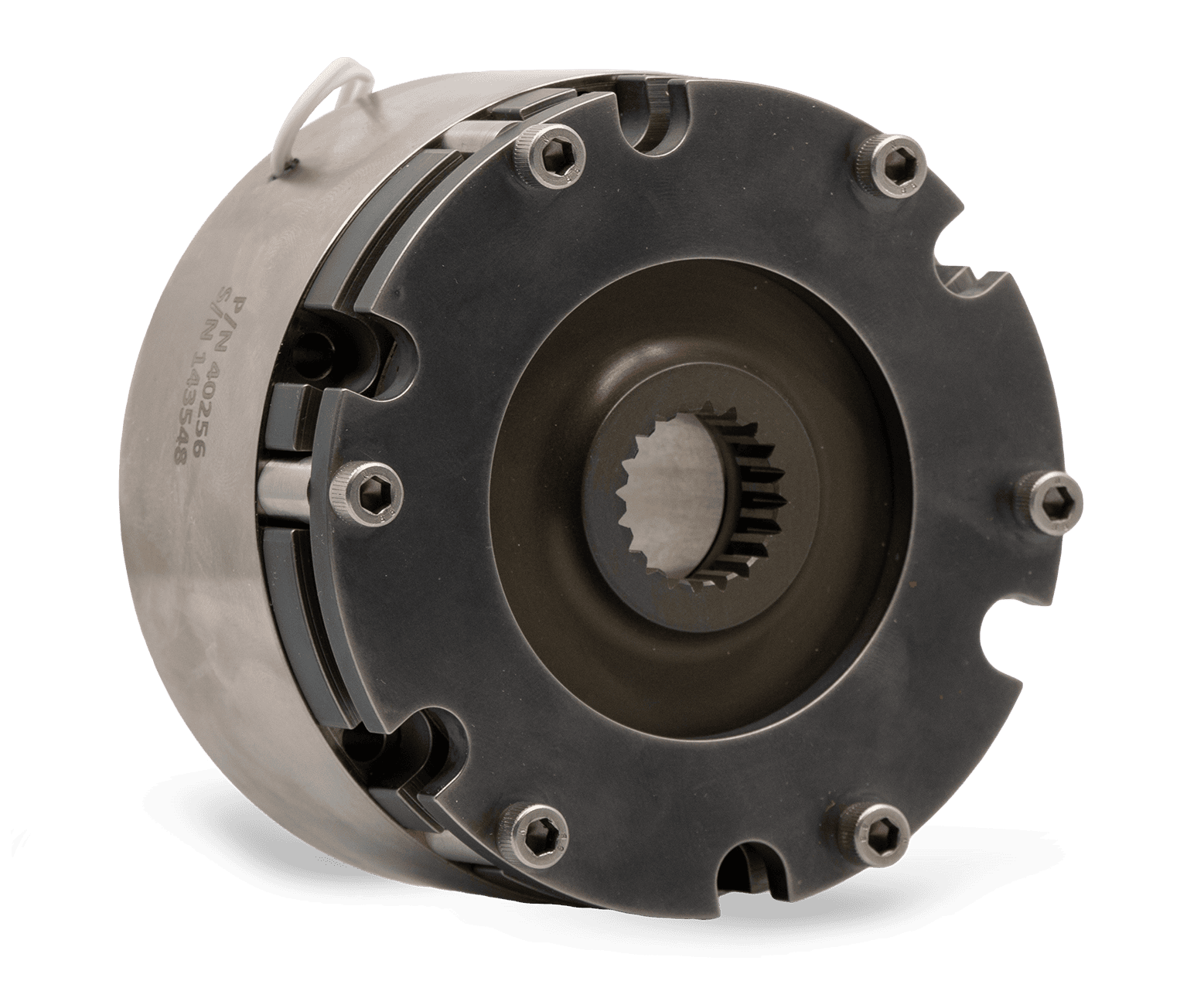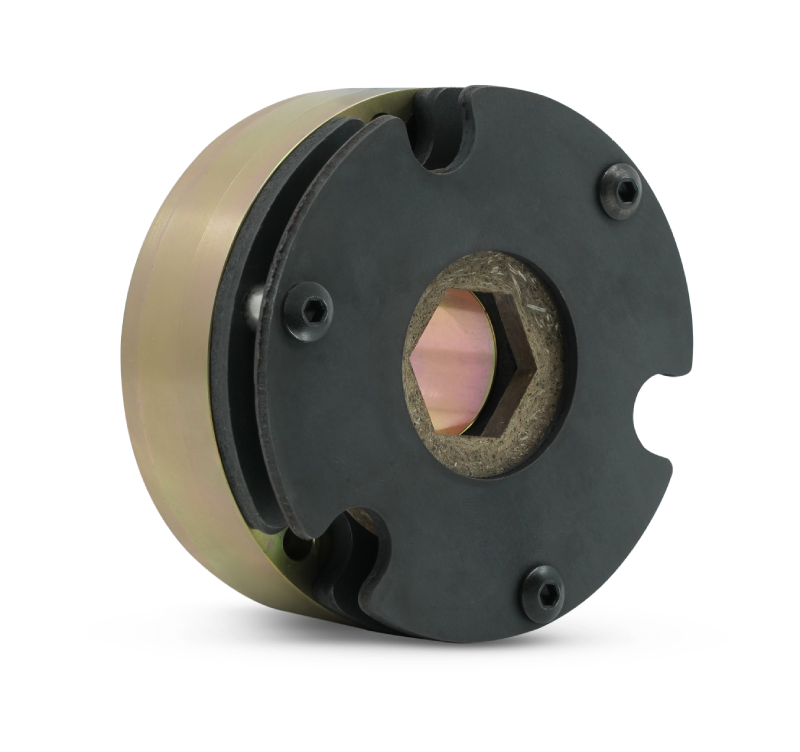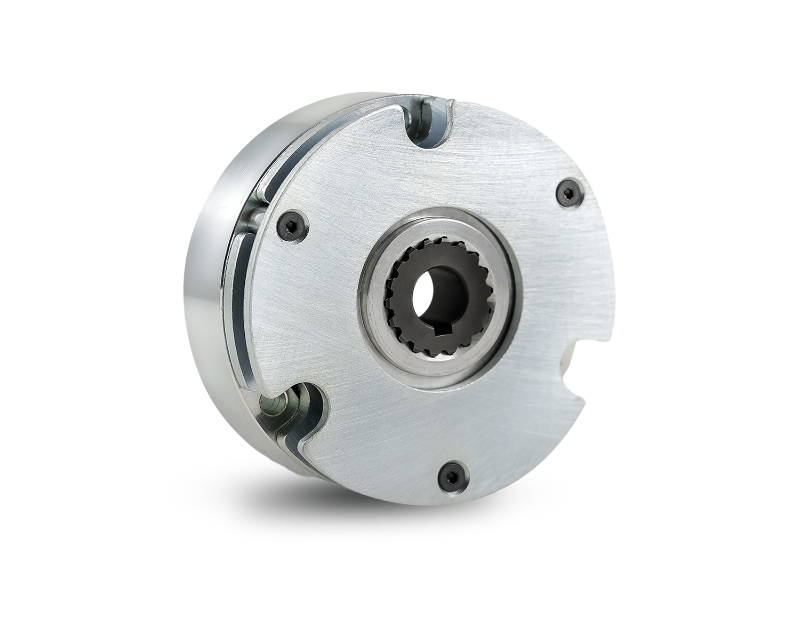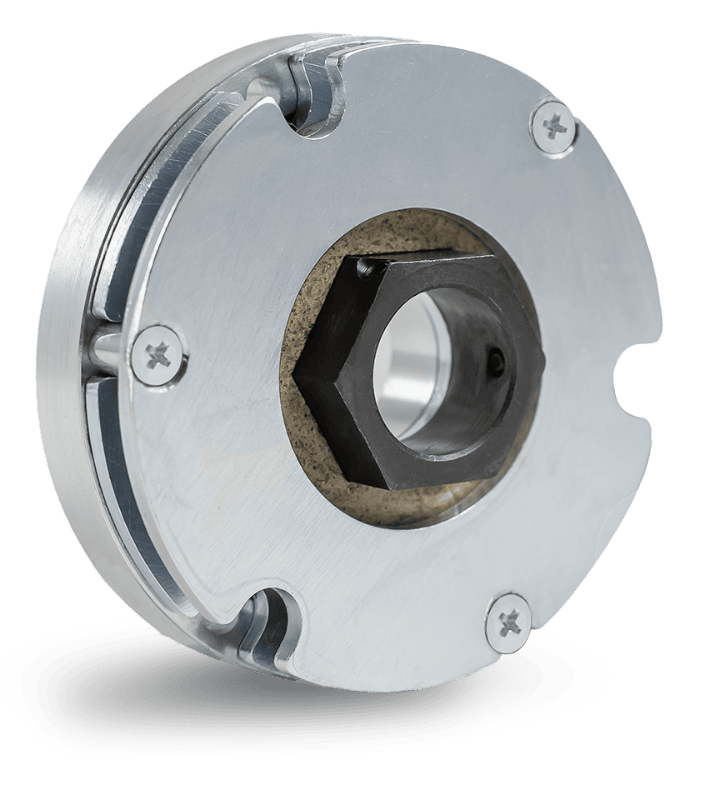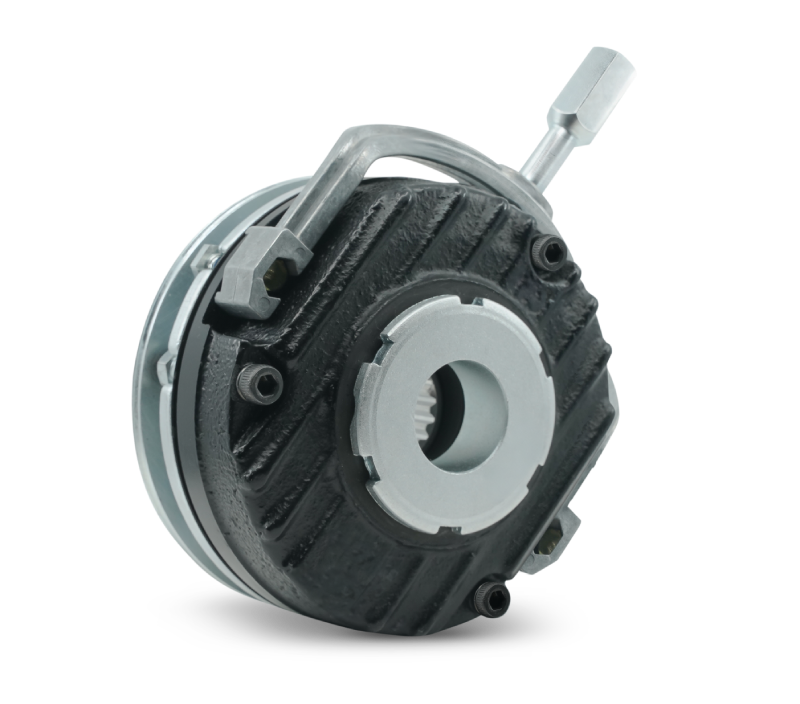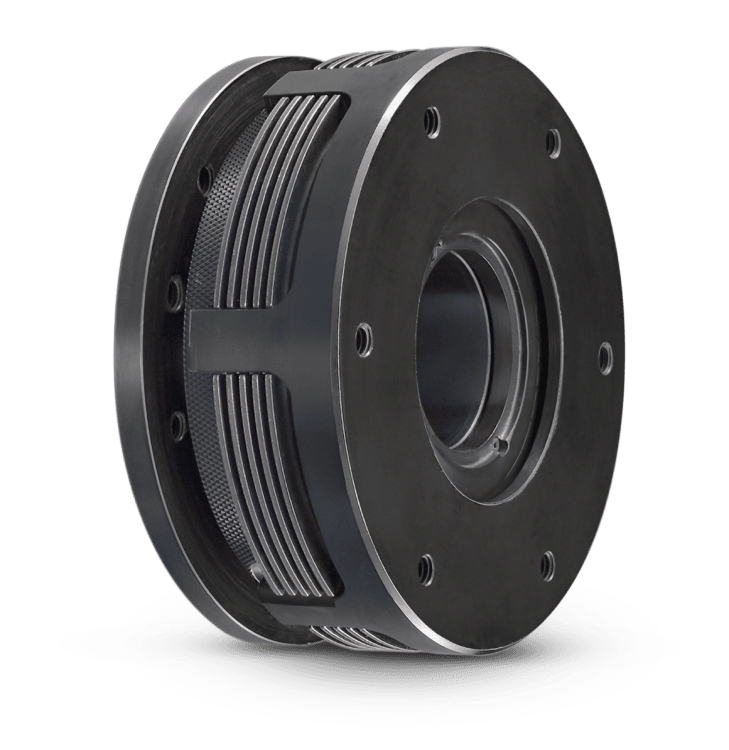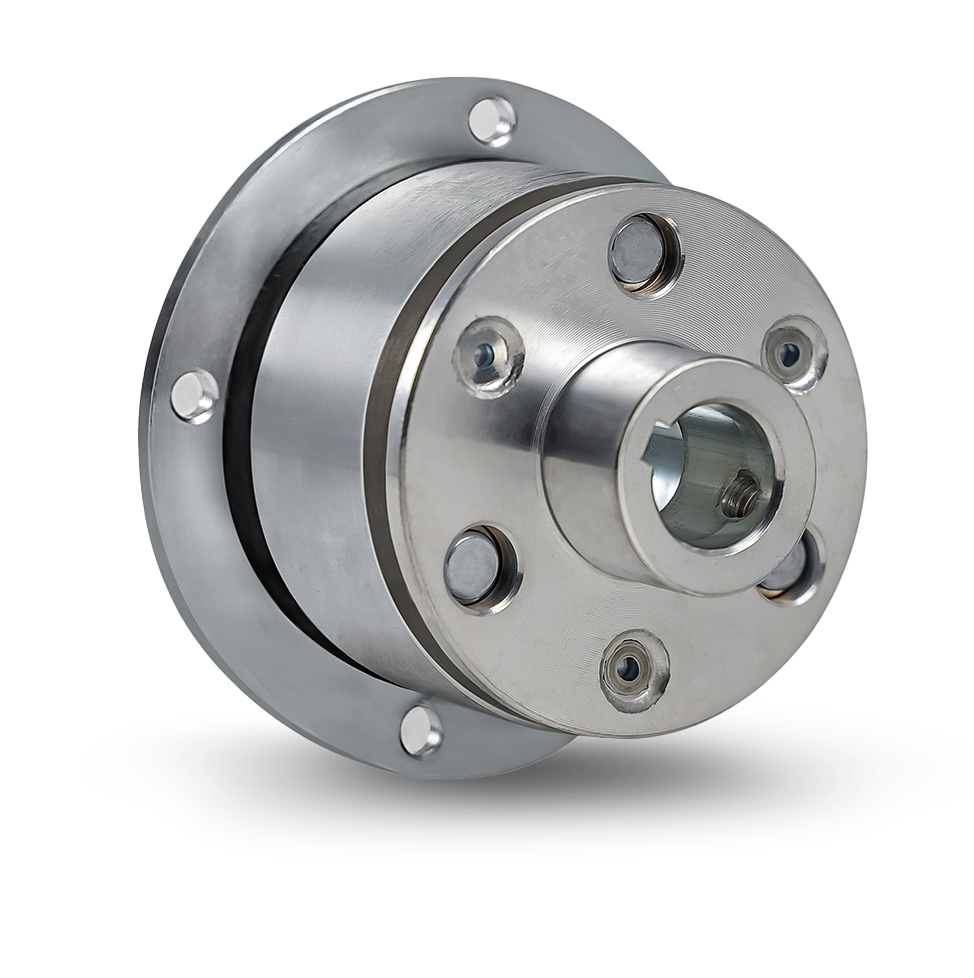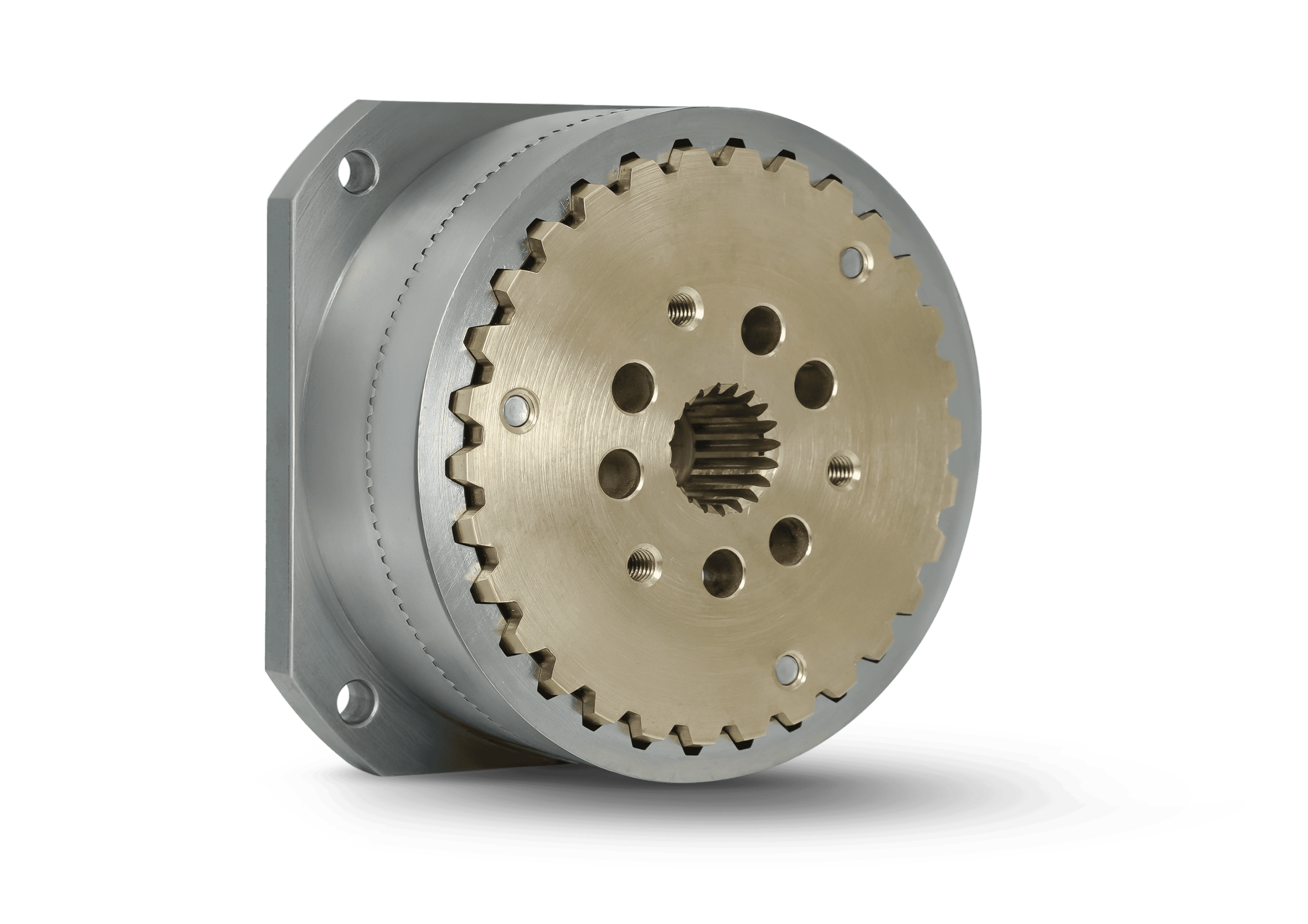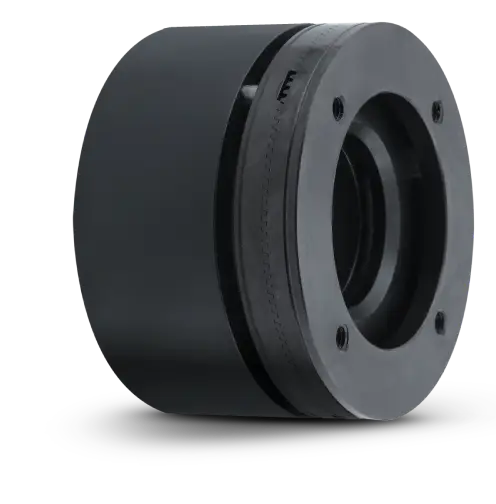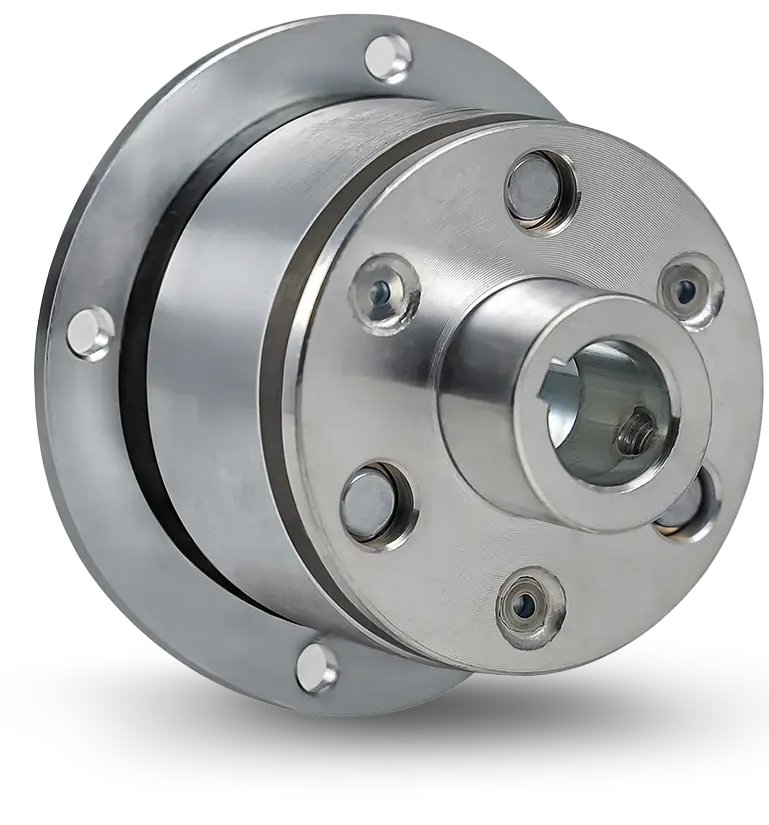SEPAC’s electromagnetic brakes are trusted for dependable performance in demanding aerospace, medical, automation, robotics, and defense applications. This page is designed to help engineers and technical buyers evaluate options based on engagement style and torque transmission type. Use the guide below to learn how each brake type operates and explore our product series by functionality.
| Engagement Type | Torque Transmission Type | Product Series |
|---|---|---|
| Spring Applied - Power OFF | Friction | SEB-Max, SEB, TSEB, UTSEB, MSEB |
| Spring Applied - Power OFF | Tooth | SETB |
| Magnetically Applied - Power ON | Friction | MDB, PMB |
| Magnetically Applied - Power ON | Tooth | METB |
